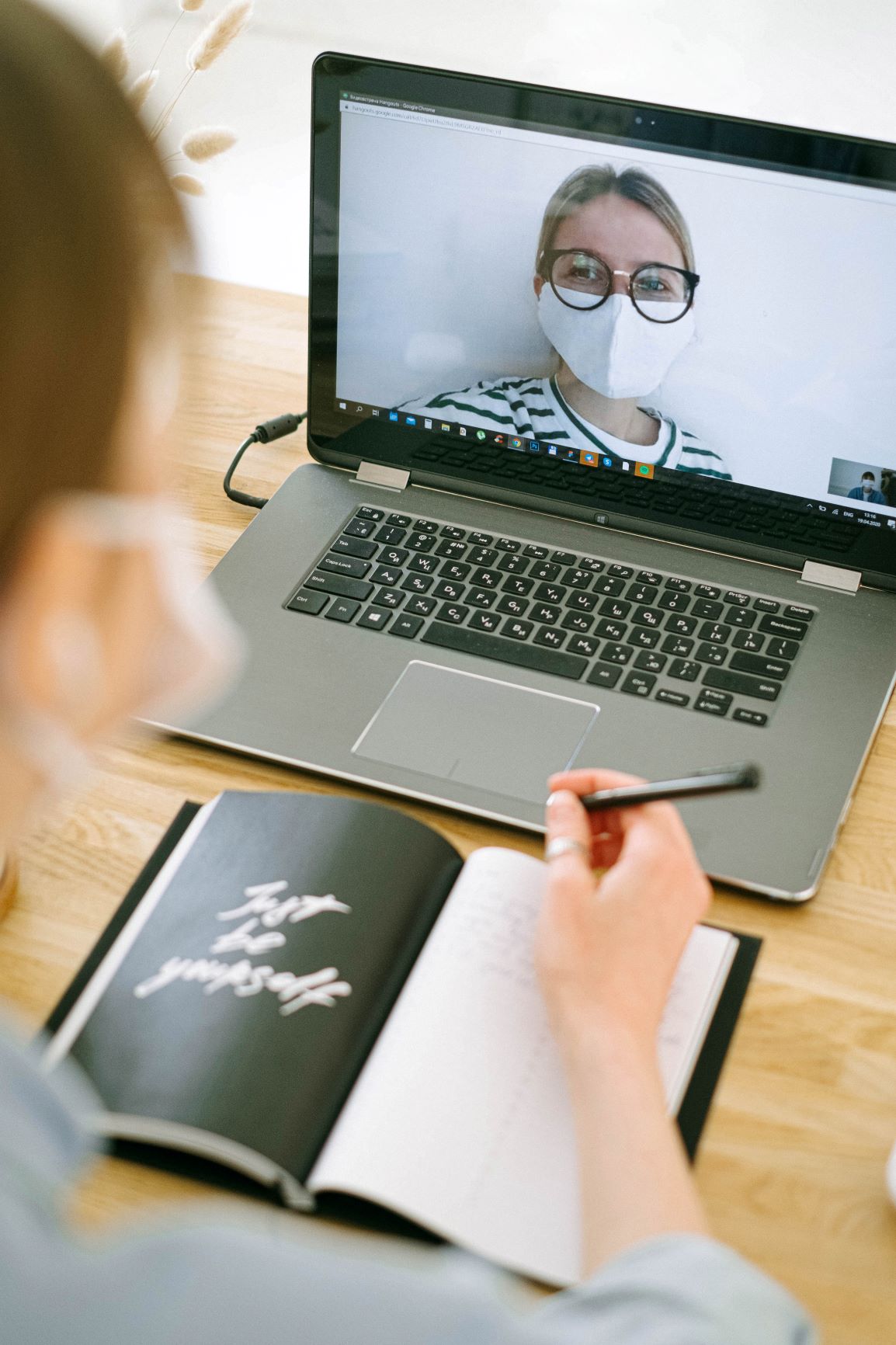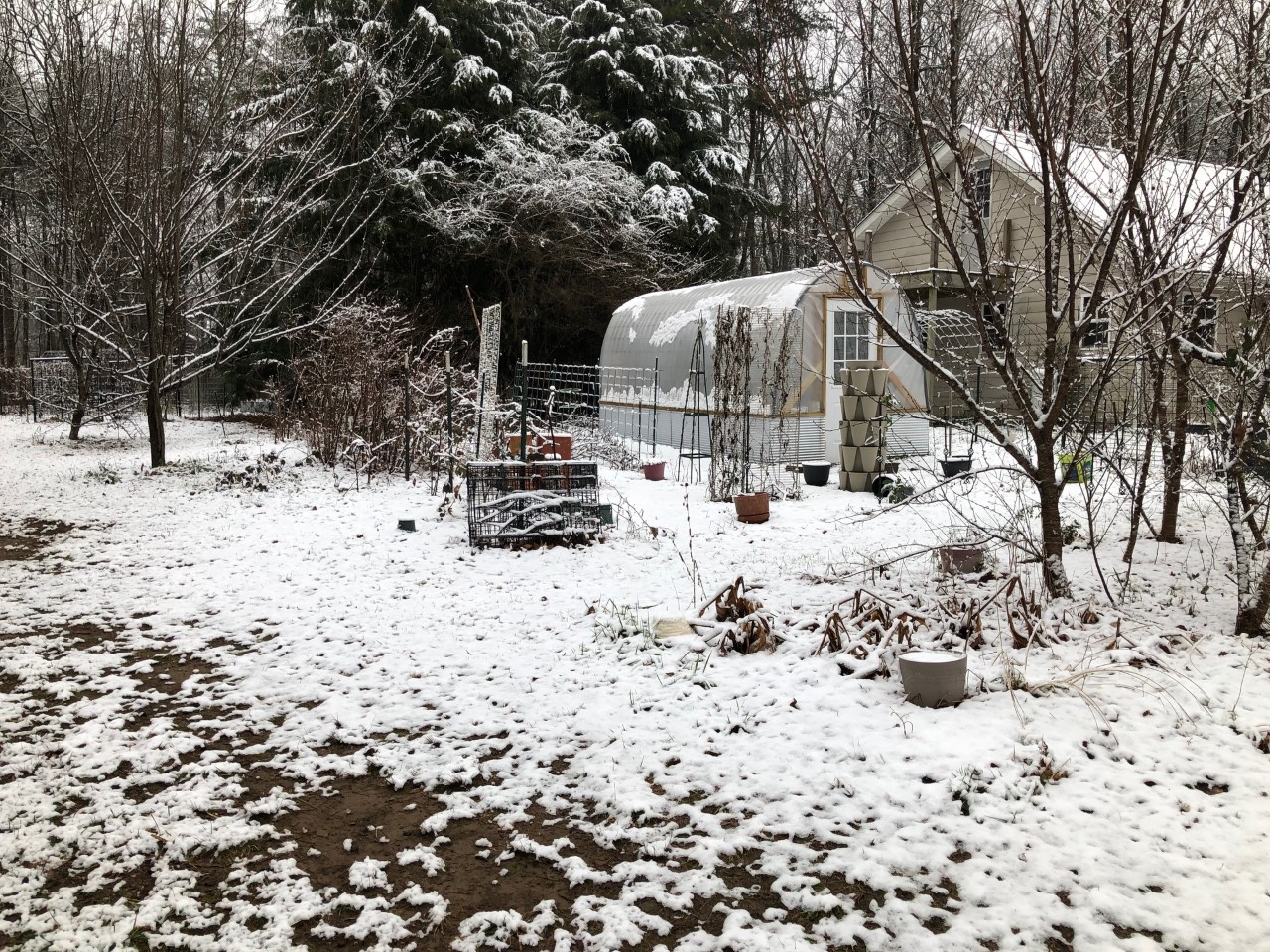Blog
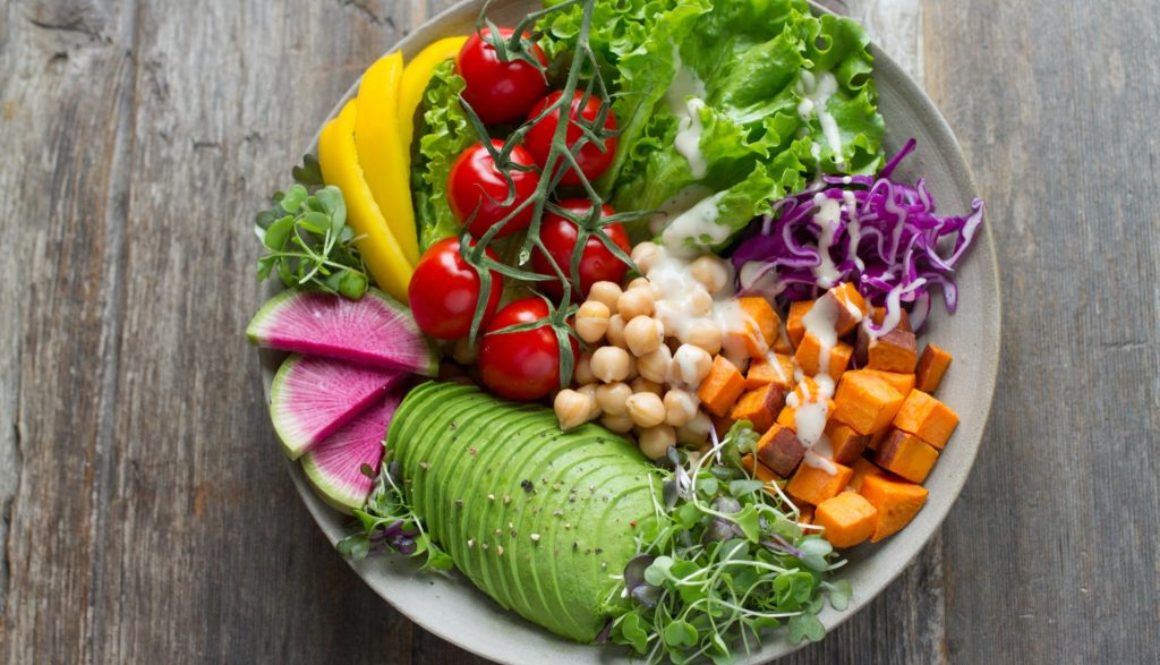
Transitioning to a Whole Food Plant Based Diet
So you’ve been eating the Standard American Diet (SAD—and it truly is sad) for years and are considering changing to a Whole-Food Plant-Based (WFPB) diet. You may begin by jumping in all at once. That’s what I did. It worked for me but doesn’t work for everyone. It may/may not be the way for you to change.


Let’s first address the “Plant-Based” aspect of this way of eating. This means consuming no animal products. So, let’s get into a bit more detail on what animal products are. In eating WFPB you will eliminate all meat, dairy, seafood, and eggs. Keep in mind that foods on the grocery store shelf may contain ingredients that are derived from these animal products.
Many people choose to ease slowly into this new Way of Eating (WOE). You can chose to go animal-product-free for a couple days the first week, then add another animal-product-free day the next week. Then continue on until all seven days of the week are animal product free. This works for many, and it may be the way you want to transition.
Perhaps you aren’t ready to give up all animal products on one specific day each week. Then choose just one or two to not eat. You might eliminate dairy, red meat, pork, chicken, eggs, or seafood. Elimination of any of these leads you toward your goal of no longer consuming animal products.
Another aspect of WFPB is the fact that you will be eliminating highly-processed foods. That entails eating foods closest to their original state as possible. That means no refined flour, sugar, or oils. A good example is that you eat an olive—that would be a whole food. You eat a teaspoon of olive oil on your salad—that would be a highly-processed food.
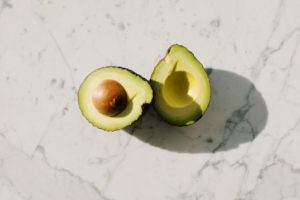
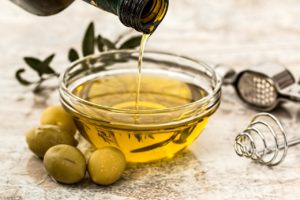
Sometimes processed foods can help you make a transition to a WFPB WOE. (How about that, you now know some abbreviations you’ll see over and over in your journey) A temporary diet that includes veggie burgers from the store might be the answer you’re looking for. Or perhaps those chickenless patties for a sandwich might help you along your way. Just do keep in mind that these foods are temporary.
When it comes to eating totally animal-product-free there is something you absolutely have to do. That something is reading each and every label. Before you put that item in your grocery cart at the store or online read the label. You’ll be shocked at the products you currently have in your refrigerator or pantry that have animal products in them. A great example of this is bread crumbs. Yes, you’d think bread crumbs are bread crumbs, but many brands of them have milk and/or eggs in them.
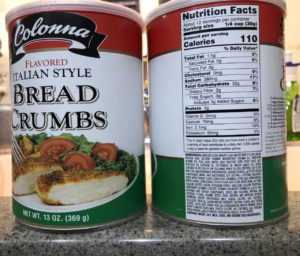
In recent years reading labels has become easier. At the bottom of most all ingredients lists you’ll find items highlighted that are common food allergies. It’s stated simply like: contains milk, soy, wheat, etc. If you see animal products listed there you don’t have to waste your time reading the entire list of ingredients, just move along to something else.
If you find yourself the only one in the store reading labels, don’t worry. Kudos to you for being diligent on what you’re eating. I do recommend that you pull your cart to the side of the aisle and let people pass by. Many people just can’t seem to grasp the idea of reading labels. Those people definitely don’t want you wasting their time by standing in front of them while reading a label. Just remember that if those passing by want to put just anything and everything into their bodies, that’s their decision. You’re doing the right thing. If you want to make it really easy shop only on the produce aisle and buy only the many fruits and vegetables found there.
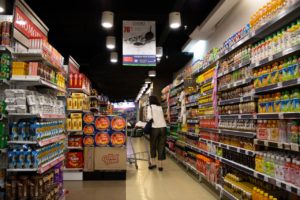
One of the very best things that you can do to support your efforts to go WFPB is to get all animal products out of your house. Yes, I said out of your house. Go through your refrigerator and your pantry and perhaps even the console of your car. Yes, I hate throwing away food and I imagine you do too. If it’s something unopened, unexpired, and shelf-stable you can donate it to a local food pantry. Just do an internet search or go on social media and you’ll probably find there are a lot of food pantries in your area. In other words: Clean your environment. This idea is best summed up: if it’s in your house it’s in your mouth.
So now you are thinking that you can’t clean your environment because the other people who live with you aren’t about to go animal product free. Not to worry. I faced that when I went WFPB. My husband and two granddaughters weren’t about to give up their burgers, cheese, and chicken nuggets just because Gran did. Add to it the fact that I did and still do most of the cooking. Trust me, you can do the WFPB eating without “cleaning your environment”. It will be harder, but if you are determined it is doable.
Now for the really good news. I’ve told you to eliminate this and eliminate that. The good news is that you are about to find so many things you can add to what you have been eating for years. You’re going to be amazed at the number of fruits, grains, legumes, and vegetables there are in this world. Just when you think you’ve had them all you’ll see something in the produce aisle or in a recipe that you’ve never seen or heard of before. Don’t be afraid to explore new whole foods. Try a little of each. You just might find a new favorite thing to eat.

You may find yourself venturing into new places to shop. Perhaps you’ve never been to a farmers market or what you might consider an ethnic grocery store. You’ll soon find these places to be wonderful and interesting places to shop. Who knows, you might even find yourself stopping to chat with that farmer who has parked his pickup truck with veggies along the highway for the past ten years. You’ve passed right by him before, but now you will see that opportunity may have been staring you in the face for years.
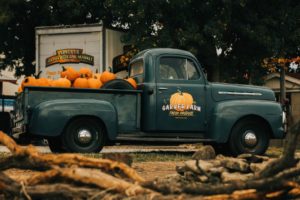
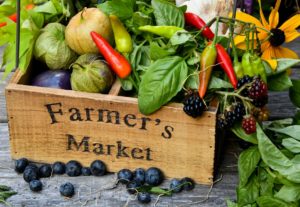
In summary, whether you are going to jump in 100% the first day or transition slowly into a WFPB WOE, my congratulations go out to you. Not only do I congratulate you, but in a remarkably short period of your entire body will begin to congratulate you.

Growing in a Greenhouse in Winter
One thing I love doing that goes along well with my whole-food plant-based eating is growing my own food. With growing your own food you know whether or not it is truly organic. Also, there is nothing better than truly fresh produce.
The Winter months can be challenging and depressing. With the exception of kale, Swiss chard, and the garlic that is growing, I don’t grow much in the garden in the Winter. I realize there are other vegetables that I could be growing this Winter, but I just didn’t get around to planting them.
In late Spring of 2020 we added a greenhouse. It wasn’t built in time for starting bedding plants in the Spring, but I was able to start some other plants in the Summer.
This Winter I have three types of kale, Swiss Chard, and a rogue parsley plant growing in the greenhouse. I hope you will enjoy my YouTube video of my Winter Greenhouse tour. The tour was recorded the day before our snowfall.
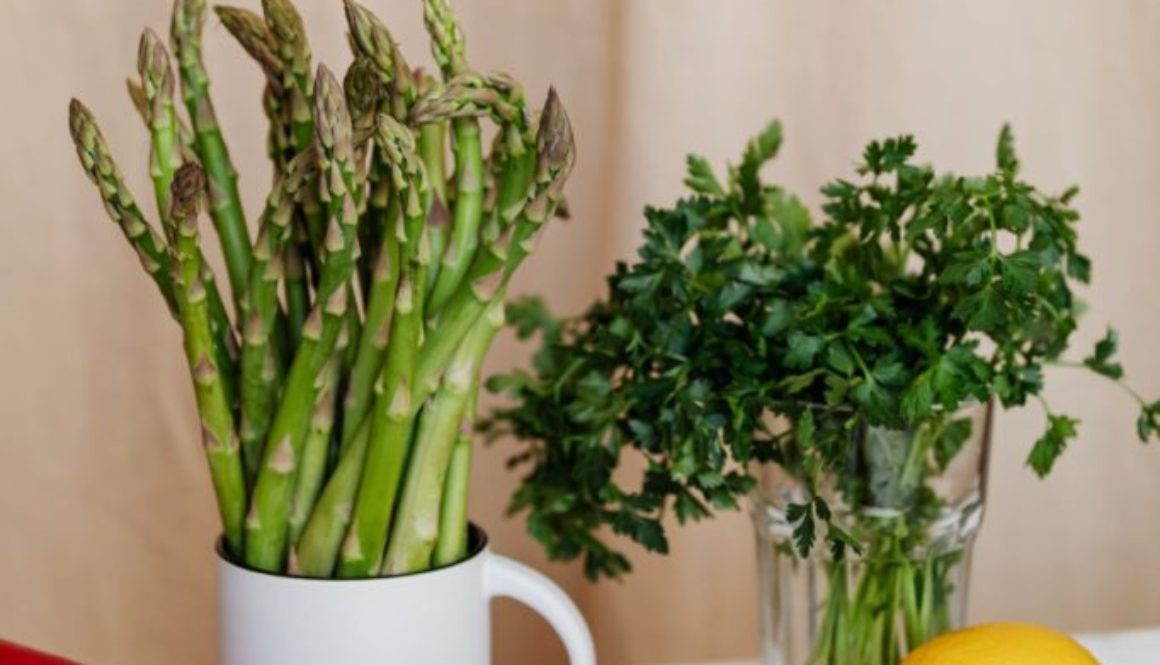
What Is a Whole-Food Plant-Based Diet?
Many people misunderstand what a whole food plant based diet is. They hear of it and immediately think of a vegan diet. However, the two diets vary greatly. (A quick aside here… grammatically speaking, the terms whole food and plant based should be hyphenated. But, quite frankly all those hyphens won’t be used by me at all times.)
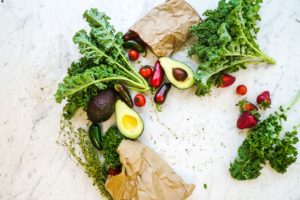
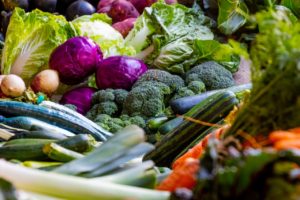
A whole food plant based diet focuses on unrefined, minimally processed whole plant foods. It is one that includes no animal products although some people say it includes minimal animal products. As for me, I try to eliminate all animal products. That means no meat, dairy, eggs, or fish. One exception for me is an occasional egg. The explanation of my egg consumption is an entirely different blog post. Highly-refined foods such as sugars, oils, and flours are not a part of this way of eating.
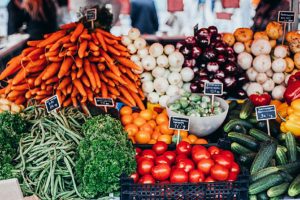
A vegan diet is one that, like the whole food plant based diet, includes no animal products. It does not, however, eliminate processed foods. That means that a vegan diet can include refined sugars, oils, and flours.
Many people on a whole food plant based diet chose to go SOS (sugar, oil, salt) free. It’s amazing what changes you can realize in eliminating these things in your diet.
One thing I quickly realized when eliminating the salt in cooking was that I could taste foods better. Don’t get me wrong on this. I do use some salt, but when I do it is applied at the table and it is a small amount. I’ve learned that the taste buds that are the receptors for salt are on the tip of your tongue. By adding the salt at the table you don’t really miss salt that is eliminated in the cooking process. All of a sudden when you eat foods that have been cooked with salt they may seem too salty.
In starting my whole food plant based way of eating I began researching the diet. I relied then and continue to rely now upon the information provided by respected whole food plant based doctors. It is important that you get your information from doctors and not just from some WFPB person who is not a doctor, dietician, or nutritionist. By following doctors you will understand what you are eating and the benefits of those things. In other words, don’t look to me for medical advice. I can provide recipes and tips for this way of eating, but I am not a medical doctor.
There are films that you can watch that will introduce you to this way of eating. Perhaps the best-known and most watched is the documentary Forks Over Knives. No, it’s not a boring documentary. It’s a great introduction to the whole food plant based way of eating. Another great documentary is The Game Changers. Both documentaries are usually free online. Apps that allow free watching vary from time to time. Try Netflix or Amazon Prime or YouTube.
It’s amazing what new foods you will discover when eating whole food plant based. You’ll also discover that some foods you used to think you hated you will actually grow to love. I look at this way of eating not as what I can’t eat but as what I can and should eat.

The Year 2020
We’ve all at one time heard or used the saying 20/20 vision. Well, it seems nobody had 20/20 vision when it came to the year 2020. To say the very least, it’s been an interesting year.
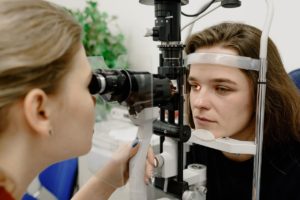

At the beginning of the year everything seemed “normal”. Then along came news reports of something called Covid-19. Before we knew it shortages of products and lockdowns began.
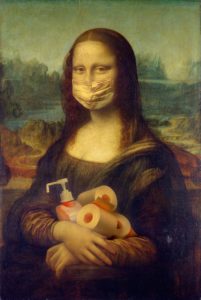
With lockdowns what was old became new. So many things of years past were suddenly injected into 2020. People began to garden, cook at home, and gather around the table for three meals a day. With the gardening came shortages of seeds, tools, and canning supplies. Some of us were able to easily deal with the shortages because we already had the supplies of these things on hand. Others had no means of obtaining what they wanted or needed.
School days for all ages switched from going to class to having class online. There were no more sporting events, graduation ceremonies and proms. All of a sudden computers were needed for school instead of playing games.
Businesses were all effected in one way or another by Covid. Restaurants, health clubs, and stores of all kinds went into lockdown. Some survived the doors being closed by implementing new curbside delivery options. Others did not survive. Internet businesses like Amazon thrived.
Shortages of all kinds of everyday supplies became the norm. There was no assuming that you could go online or into one of the “essential” businesses and buy exactly what you were looking for. Whether it was a parts manufacturer, farmer, meat packaging plant, or numerous other businesses, Covid effected their ability to meet with consumer demands. Who knew that toilet paper would become a hard-to-find item?
When Covid first began we were told that wearing masks wouldn’t help. But there were so many things unknown then and still unknown today about the Covid-19 virus. Now there are mask mandates in many areas of the world. Local governments that at first said there would be no mask mandate are now enforcing the mandates they later put in place. Had you gone into a business on January first of this year wearing a facemask the employees would have assumed that you were there to rob the business. Now if you go into a business without a facemask you might be asked to leave.
The year 2020 has come to an end. We still don’t have 20/20 vision of what our future holds. So much is still unknown about the Covid-19 virus. So much more must still be learned. This virus has brought both the good and the bad into our lives. Regardless of whether we look at something in particular as good or bad we have learned that life as we’ve known it can change dramatically in the blink of an eye.
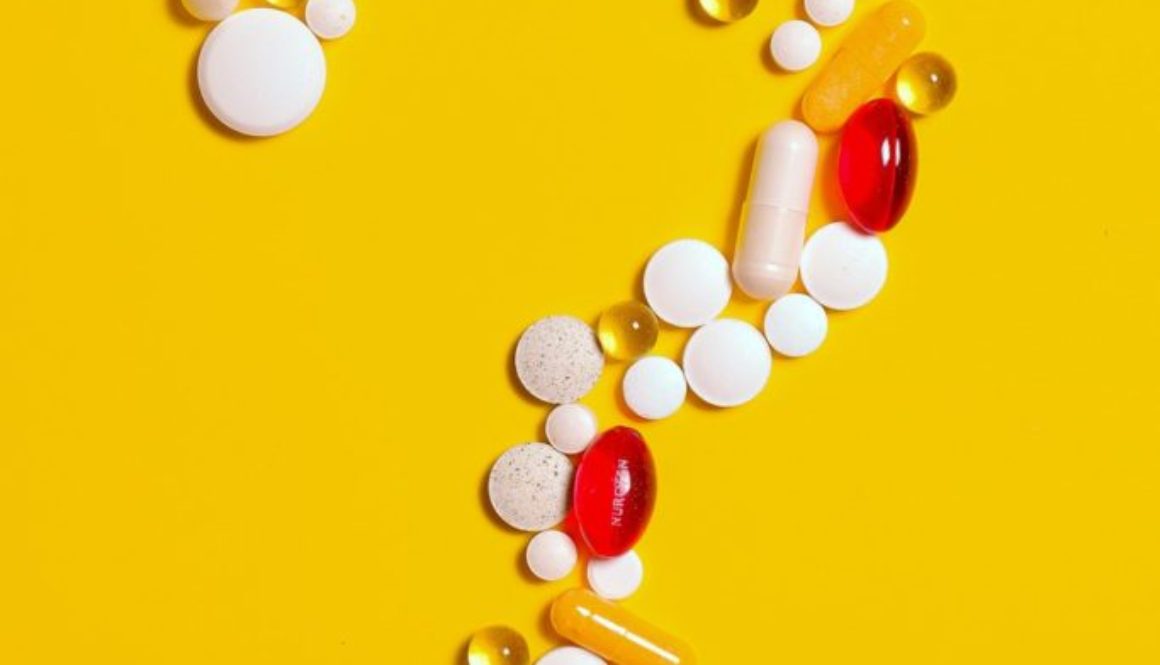
I am Not a Medical Professional
I hope that in reading my blog you’ll understand that I am not a medical professional. I am not a doctor or a nurse or a dietician or a nutritionist. What I will share with you should not be taken as always true. I am only human and I can be misled at times. I don’t want to mislead you. I urge each and every person to do their research. Don’t rely on some blogger or YouTuber. Do your own research.
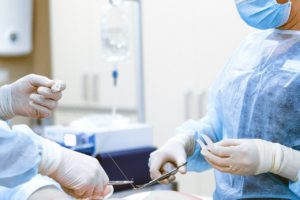

What I do recommend is that when you do your research you are using information provided from medical doctors. I prefer to use doctors who are advocates of the whole-food plant-based way of eating. The average medical doctor has very little education in the field of nutrition. Most doctors won’t recommend a certain way of eating to address the cause of a disease or condition. Often, they feel that a diet that eliminates animal products is one that you won’t stick to. So even if they do know the advantages of a whole-food plant-based diet they won’t recommend it.
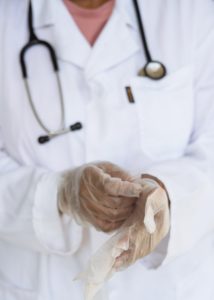
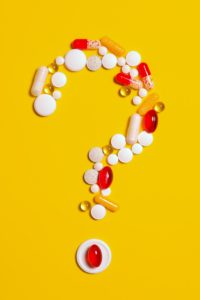
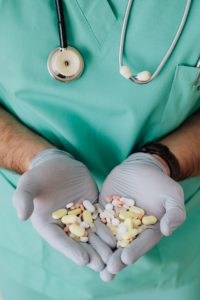
As with any subject there is a lot of faulty information out there on the internet. And if that faulty information doesn’t get you, the well-meaning but faulty advice of a friend might. So, whether what you believe to be true comes from the internet or from a friend, please do your own research.
Some of the doctors I’ve found that have researched, practice, and give advice on whole-food plant-based eating are: Dean Ornish, John McDougall, Michael Greger, Caldwell Esselstyn, T. Colin Campbell, Neal Barnard. Their books, websites, and YouTube videos hold a wealth of information. These are just a few of the many doctors who have come to realize that WFPB is not only a way of eating but a cure for many diseases and conditions.

Why I Started a Blog
Throughout my school years I enjoyed creative writing. When the teacher assigned an essay or poem, I was all for it. Term papers were another story. I didn’t like spending my time putting in a bunch of footnotes as to sources. I just wanted to write.
Then along came my whole food plant-based way of eating. I saw such dramatic changes in my health that I wanted to share this way of eating with others. My weight went down and my energy level went up. I found such mixed reactions to my enthusiasm about having changed what I eat. Some people wanted to hear more while other people dismissed me as a crazy vegan.
The more I learn, the more I want to share. I have friends and family who complain about this or that health issue that I’ve read or seen a video on. So many of those health issues could be eliminated or helped by switching to a whole food plant-based diet.
This way of eating has been proven to reverse heart disease, reverse type 2 diabetes, eliminate arthritis, and so much more. I encourage you to do your research. I am not a medical doctor. But, I am an avid researcher on things that I do in my life.
So many times when I talk to people about this way of eating they tell me they can’t do it. There’s a difference between can’t do something and won’t do something. I suggest that anytime you say “can’t” you need to ask yourself if you should be saying “won’t”.
Here I hope to share with you what has changed in my life. I’ve seen an increase in energy, many “issues” have lessened or gone away. I’ve definitely changed the things I cook and I’m eager to share with you.
From time to time I’ll share recipes, tips, gardening, and other personal experiences. Any suggestions for topics are truly appreciated.
Eventually you will see links on my blog to items I use and you can purchase. These will be affiliate links where I might get paid a small commission, but it won’t cost you extra. A girl has to make a living somehow, right?
